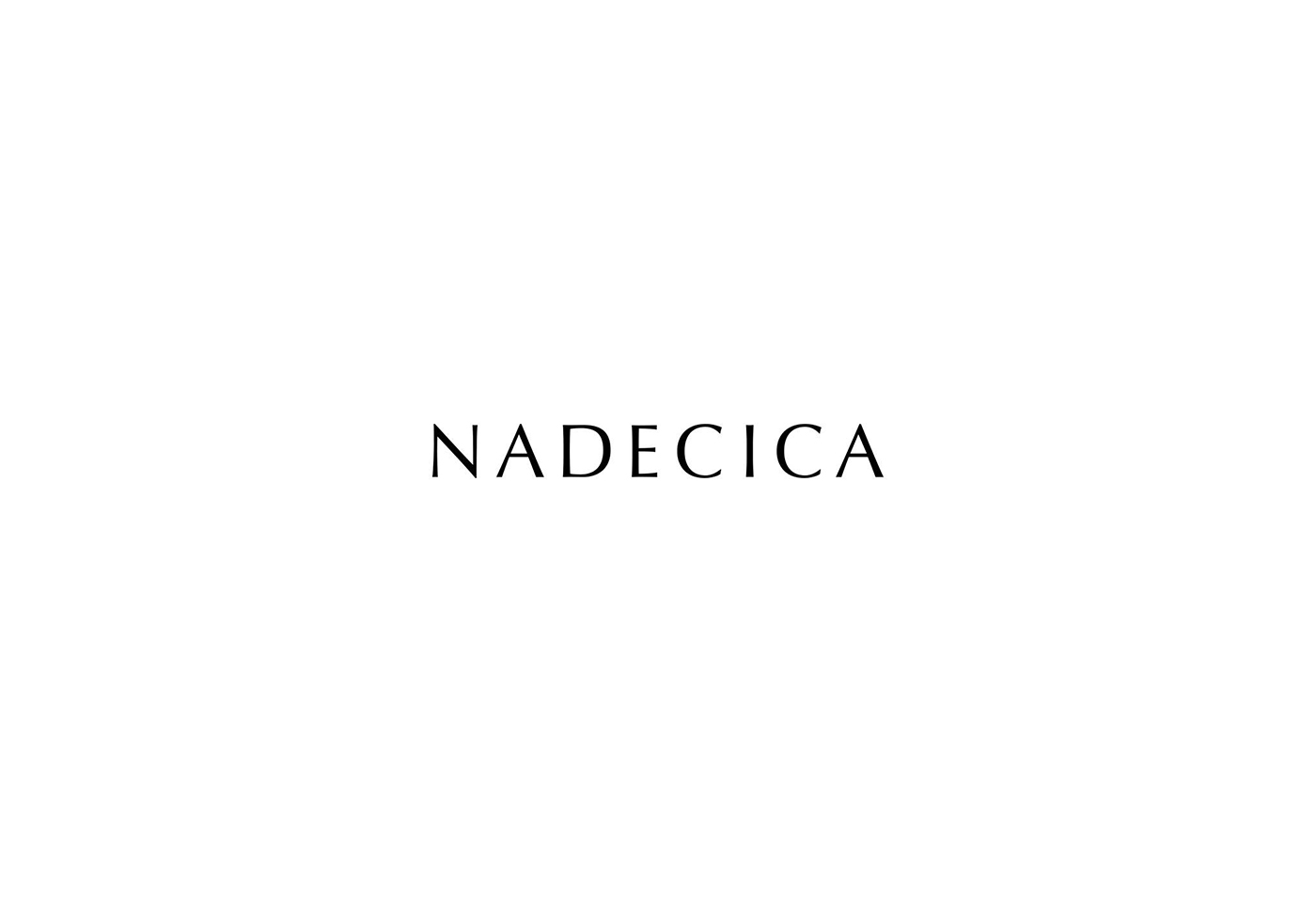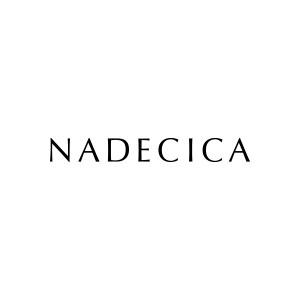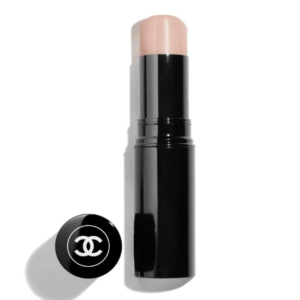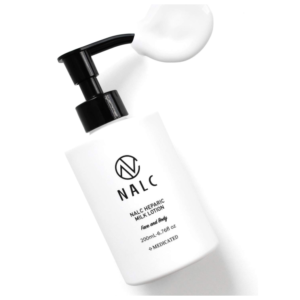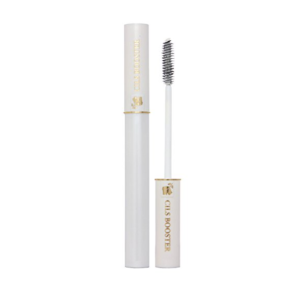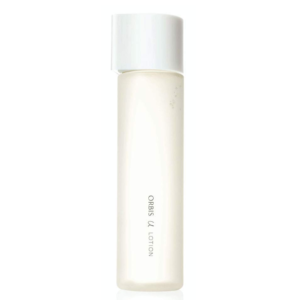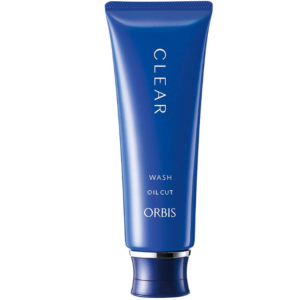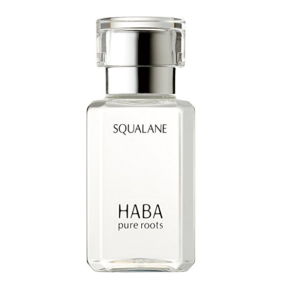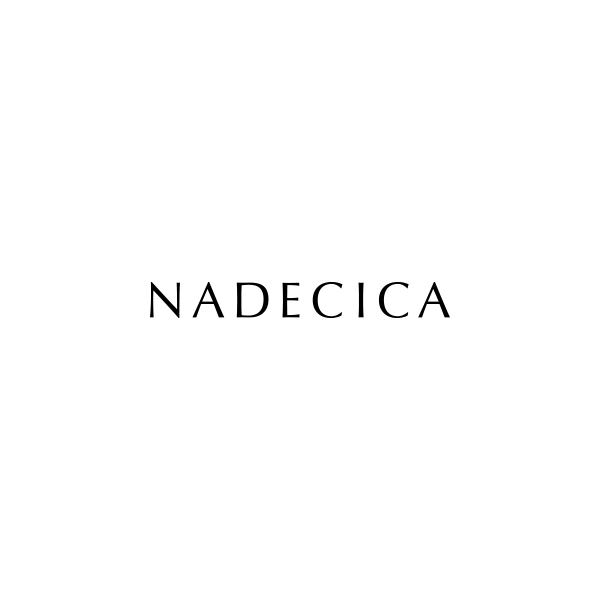目次
First, we calculated the predetermined overhead rate by dividing estimated overhead by estimated activity. Fixed overhead costs are constant expenses that do not vary with negative cash on balance sheet the level of production or sales, such as rent, salaries, and insurance. Variable overhead costs, however, fluctuate in direct proportion to changes in production volume.
- Examples of product costs are direct materials, direct labor, and allocated factory overhead.
- Since the overhead costs are not directly traceable to products, the overhead costs must be allocated, assigned, or applied to goods produced.
- All jobs appear in Cost of Goods Sold sooner or
later, so companies simply adjust Cost of Goods Sold instead of the
inventory accounts. - The percentage of overhead that is applied to a given department may or may not correlate to the actual amount of overhead incurred by that department.
- These indirect costs are part of manufacturing overhead, the accounting term that refers to all of the indirect expenses that go into making a product.
ABC Co. uses the following journal entries to record those overheads. However, if the actual overheads exceed the applied overheads, companies must treat them as over-applied. In that case, the journal entries for the adjustment will be the opposite of under-applied. Companies with a continuous production cycle can apply it to the inventory produced. However, it does not entail creating different journal entries for applied overheads. At the end of each accounting period, companies calculate the balance on the factory overhead account.
Applied Overhead Vs Actual Overhead
These are estimated overhead, applied
overhead, and actual overhead. To calculate indirect labor costs, all the expenses related
to the salaries of these employees are added together. The above journal entries will conclude the accounting for actual and applied overheads for ABC Co. A company, ABC Co., estimates its overheads for an accounting period to be $100,000. The company estimates these overheads based on a level activity of 1,000 units. Usually, these may include expenses relating to various areas within a business.
- However, this approach is cumbersome and occasionally runs afoul of specific accounting rules discussed next.
- When overhead is overapplied, we must subtract the amount from cost of goods sold.
- All costs that do not fluctuate directly with production volume are fixed costs.
- The predetermined overhead rate is therefore $100,000 divided by 15,000 which is $6.67 per direct labor hour.
Once they do so, they use the standard overhead rate to calculate the applied overheads. For example, based on estimation, we credit $10,000 into the manufacturing overhead account to assign the overhead cost to the work in process. However, the actual overhead cost which is debited to the manufacturing overhead account is only $9,500. In summary, actual overhead is the real, incurred overhead cost, while applied overhead is the estimated overhead cost allocated to the production of goods or services.
Applied Overhead in Full Costing
Applied overhead is the amount of actual overhead that has been applied to goods produced. This is typically achieved with a standard overhead rate that is calculated once a year (or somewhat more frequently). Based on these estimates, the budgeting team establishes a standard overhead rate of $10 per unit produced. By the end of the year, only 95,000 units were produced, so the amount of applied overhead was only $950,000. Overapplied overhead is the result of the manufacturing overhead costs that are applied to the production process is more than the actual overhead cost that actually incurs during the accounting period.
The overhead is attributed to a product or service on the basis of direct labor hours, machine hours, direct labor cost etc. The overhead absorption rate is calculated to include the overhead in the cost of production of goods and services. It’s used to define the amount to be debited for indirect labor, material and other indirect expenses for production to the work in progress. Let’s assume that a company expects to have $800,000 of overhead costs in the upcoming year. It also expects that it will have its normal 16,000 of production machine hours during the upcoming year. Determine the amount of manufacturing overhead costs allocated to the Patterson High School job.
Identify Factory Overhead Costs
The preceding entry has the effect of reducing income for the excessive overhead expenditures. Only $90,000 was assigned directly to inventory and the remainder was charged to cost of goods sold. Applied overhead is usually allocated out to various departments according to a specific formula. Hence, a certain amount of overhead is therefore applied to a given department, such as marketing.
Indirect materials, supplies, and repair parts
Production CostProduction Cost is the total capital amount that a Company spends in producing finished goods or offering specific services. You can calculate it by adding Direct Material cost, Direct Labor Cost, & Manufacturing Overhead Cost. Harold Averkamp has worked as a university accounting instructor, accountant, and consultant for more than 25 years. Complete the job cost sheets for job number C40 (Round-off unit cost to the nearest cent and where necessary, show ALL relevant workings. However, it does not represent the actual overheads companies have incurred. Companies account for both types of overheads during different stages in the accounting process.
This careful tracking of production costs for each jetliner provides management with important cost information that is used to assess production efficiency and profitability. All these costs are recorded as debits in the manufacturing overhead account when incurred. Using a manufacturing overhead cost formula and calculating the total costs per unit will help you determine whether you need to adjust your selling price.
The application of overhead to a cost object can obscure its direct cost, making it more difficult to make decisions regarding that cost object. For example, a widget generates a before-overhead profit of $1.00 per unit, and a loss of -$0.50 per unit after overhead is applied. A manager would be more likely to keep selling the widget based on its profit before overhead application, and less likely to do so after the overhead application. It is essential because capital expenditure requires a considerable amount of funds. Properly and systematically based on certain standard methodology where these methodologies should be consistently followed from one period to another except in certain exceptional situations.
Accounting For Actual And Applied Overhead
Overhead cost, be it actual or applied, generally helps in proper pricing of a company’s goods or services, which improves its profitability and long-run expansion. Regardless of how experienced and analytical a company’s management is, applied overhead is as yet a mere estimation. Also, by analyzing and understanding the mode by which costs are apportioned to products produced, the management body can improve capital planning and monetary-related activities choices. As a result, this cost apportionment to other units involved in producing a product might not be precise. That is, the cost allocated to a particular unit might not be the exact percentage cost used by that unit.
Accounting Terms: W
We need to see if we applied too much overhead or too little overhead to our jobs. These illustrations of the disposition of under- and overapplied overhead are typical, but not the only solution. A more theoretically correct approach would be to reduce cost of goods sold, work in process inventory, and finished goods inventory on a pro-rata basis. However, this approach is cumbersome and occasionally runs afoul of specific accounting rules discussed next.

